Pneumatics
All Categories for Pneumatics
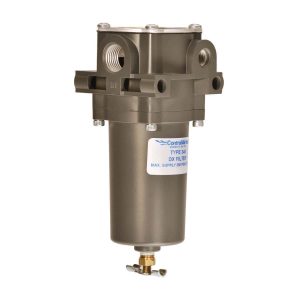
Filters
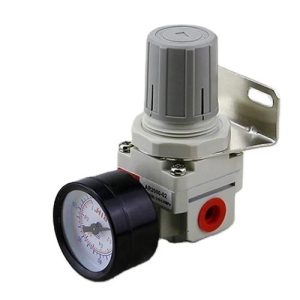
Regulators
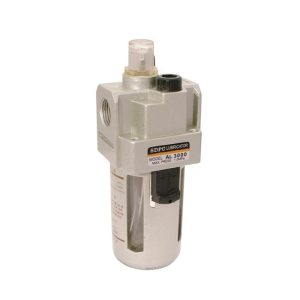
Lubricators
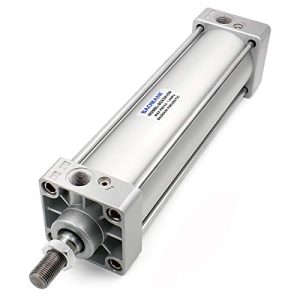
Cylinders
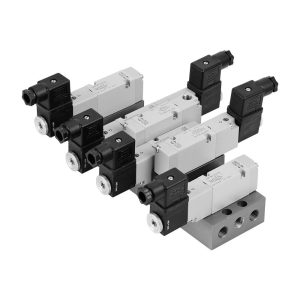
Valves
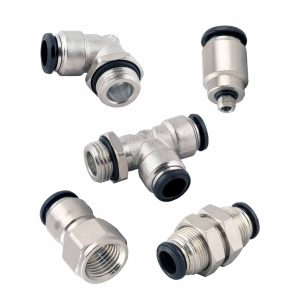
Fittings
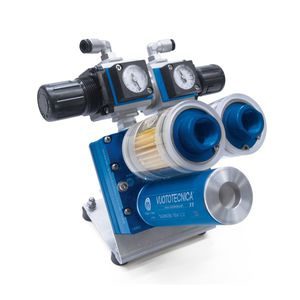
Vacuum Pumps
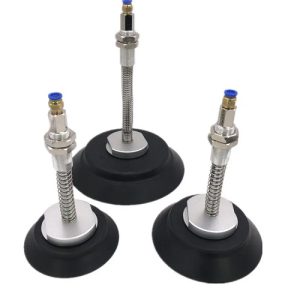
Suction Pads/Cups
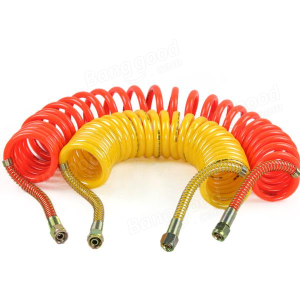
Nylone
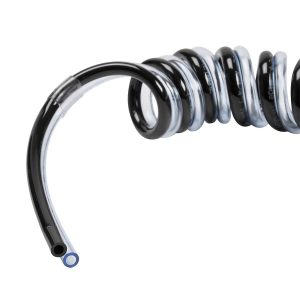
Polyethylene
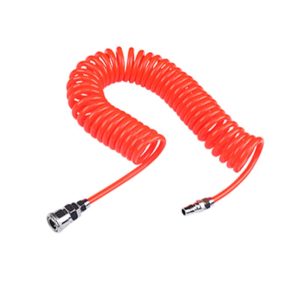
Urethane
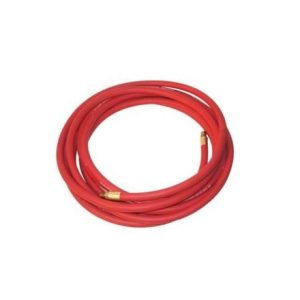
Vinyl
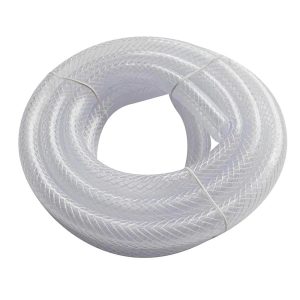
Braided Tubing
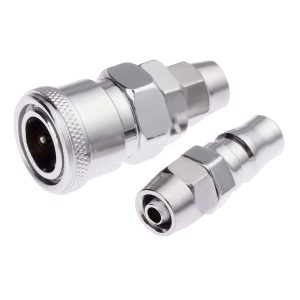
Couplings
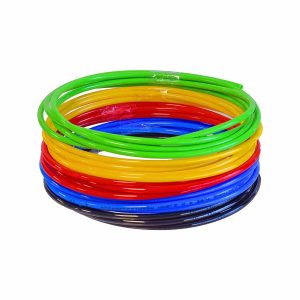
Tubing
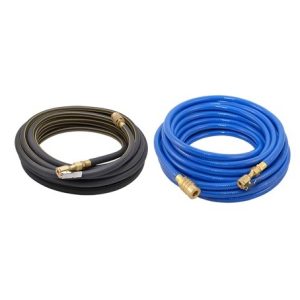
Hoses
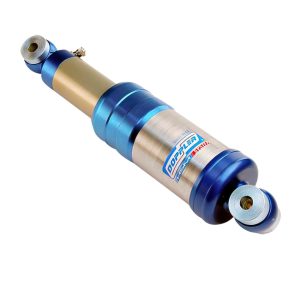
Shock Absorbers
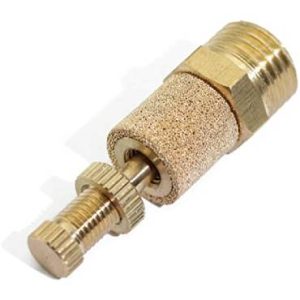
Mufflers
Speak to a Rubber Line Specialist Today
Upgrade your pneumatic systems with Rubberline’s high-quality products. From filters and regulators to tubing and hoses, we have everything you need to optimize your operations. Contact us now to speak with our expert team or visit one of our distribution centres in Ontario, Canada and find the perfect solution for your business.
- Guelph
- Cambridge
- Kitchener
- Mississauga
- Brantford
Frequently Asked Questions
What are pneumatics and how do they work?
Pneumatics is the study and application of pressurized gas to create motion or perform work. Compressed air is the most commonly used gas in pneumatic systems. The air is stored in a tank, compressed by a compressor, and then distributed throughout a network of tubing, valves, actuators, and other components.
What are some common applications for pneumatics?
Pneumatics has a wide range of applications, including industrial automation, robotics, transportation, medical devices, and more. Examples include pneumatic cylinders used in manufacturing and packaging machinery, air brakes in trucks and trains, and compressed air tools used in construction and maintenance.
What types of pneumatic valves are available and how do they work?
Pneumatic valves control the flow of compressed air in a pneumatic system. There are many types of valves available, including directional control valves, pressure control valves, and flow control valves. These valves work by opening or closing a pathway for air to flow through, controlling the direction, pressure, or rate of flow.
What are pneumatic actuators and how do they work?
Pneumatic actuators are components that convert the energy of compressed air into mechanical motion. Examples of pneumatic actuators include cylinders, grippers, and rotary actuators. These components work by using the force of compressed air to move a piston or other mechanism that performs work.
What is a pneumatic filter, regulator, and lubricator (FRL) and why is it important?
A pneumatic filter, regulator, and lubricator (FRL) is a combination of components used to prepare compressed air for use in a pneumatic system. The filter removes moisture, dirt, and other contaminants from the air, while the regulator controls the pressure of the air. The lubricator adds oil to the air to prevent corrosion and reduce friction in the system. Using an FRL is important because it can improve the performance and longevity of pneumatic components.
How do I select the right tubing and fittings for my pneumatic system?
Selecting the right tubing and fittings for a pneumatic system depends on factors such as the pressure and temperature of the air, the size and shape of the components, and the environment in which the system will be used. Common materials for tubing and fittings include nylon, polyethylene, urethane, and vinyl. Couplings and connectors are used to connect different components together.
What are some common issues that can occur in a pneumatic system and how do I troubleshoot them?
Common issues that can occur in a pneumatic system include leaks, insufficient pressure, and malfunctioning valves or actuators. Troubleshooting involves identifying the source of the problem and making necessary repairs or adjustments. Regular maintenance can also prevent issues from occurring, such as checking for leaks and replacing worn components.
How do I properly maintain my pneumatic components to ensure long-term performance?
Proper maintenance of pneumatic components involves regular inspection, cleaning, and lubrication. Components should be checked for wear or damage and replaced as necessary. Filters and lubricators should be drained and refilled regularly. Proper storage of components can also prevent damage and prolong their lifespan.

